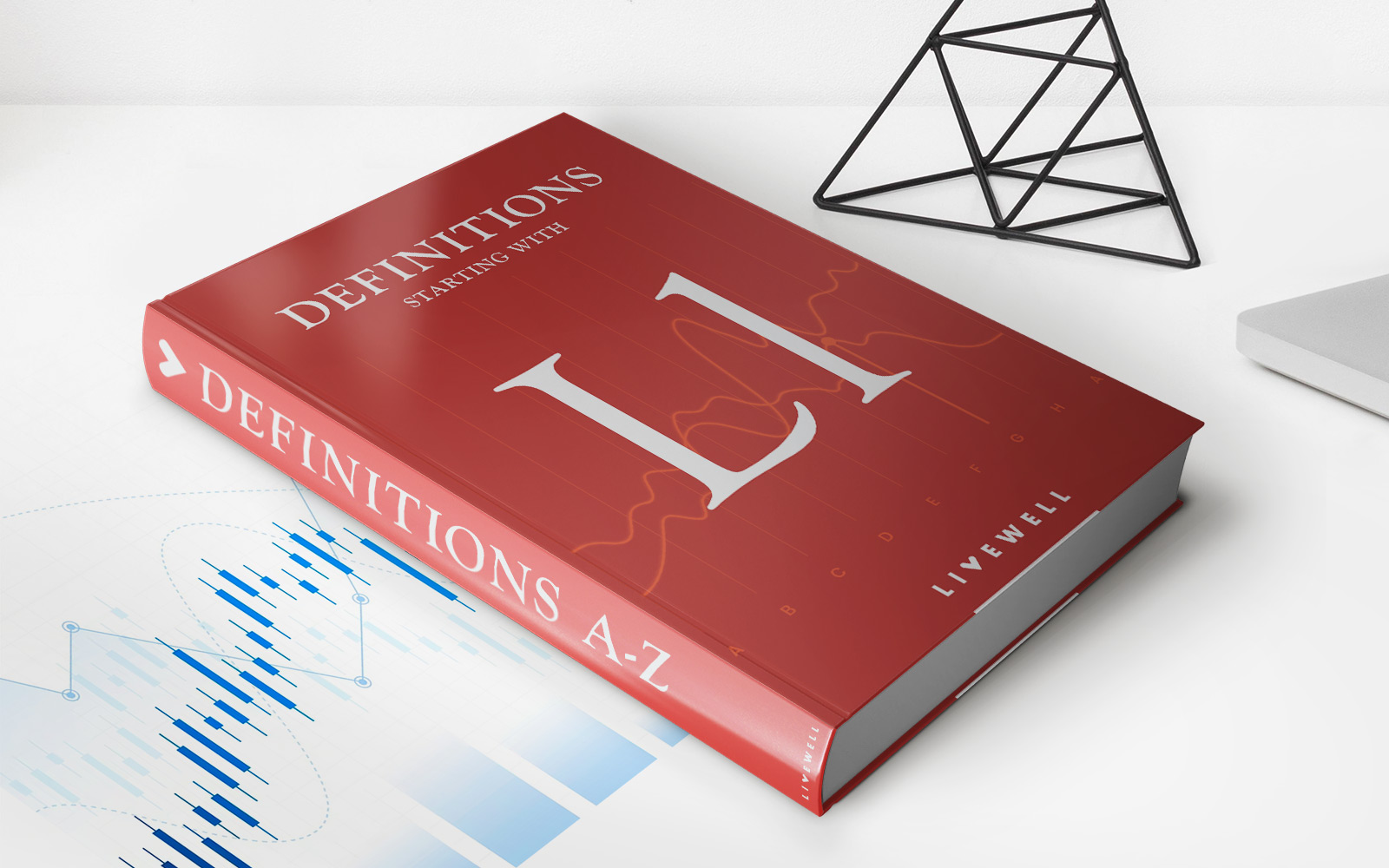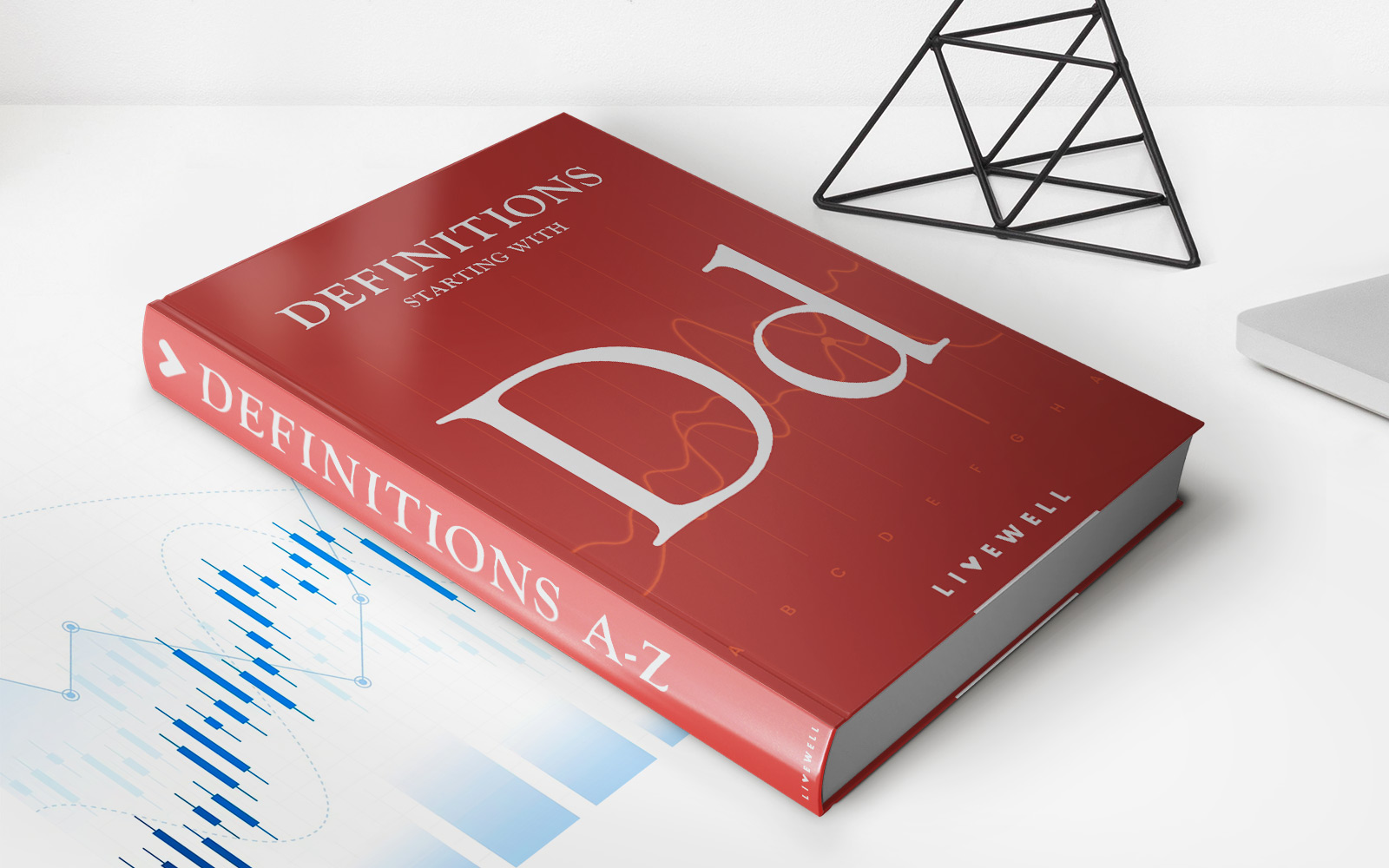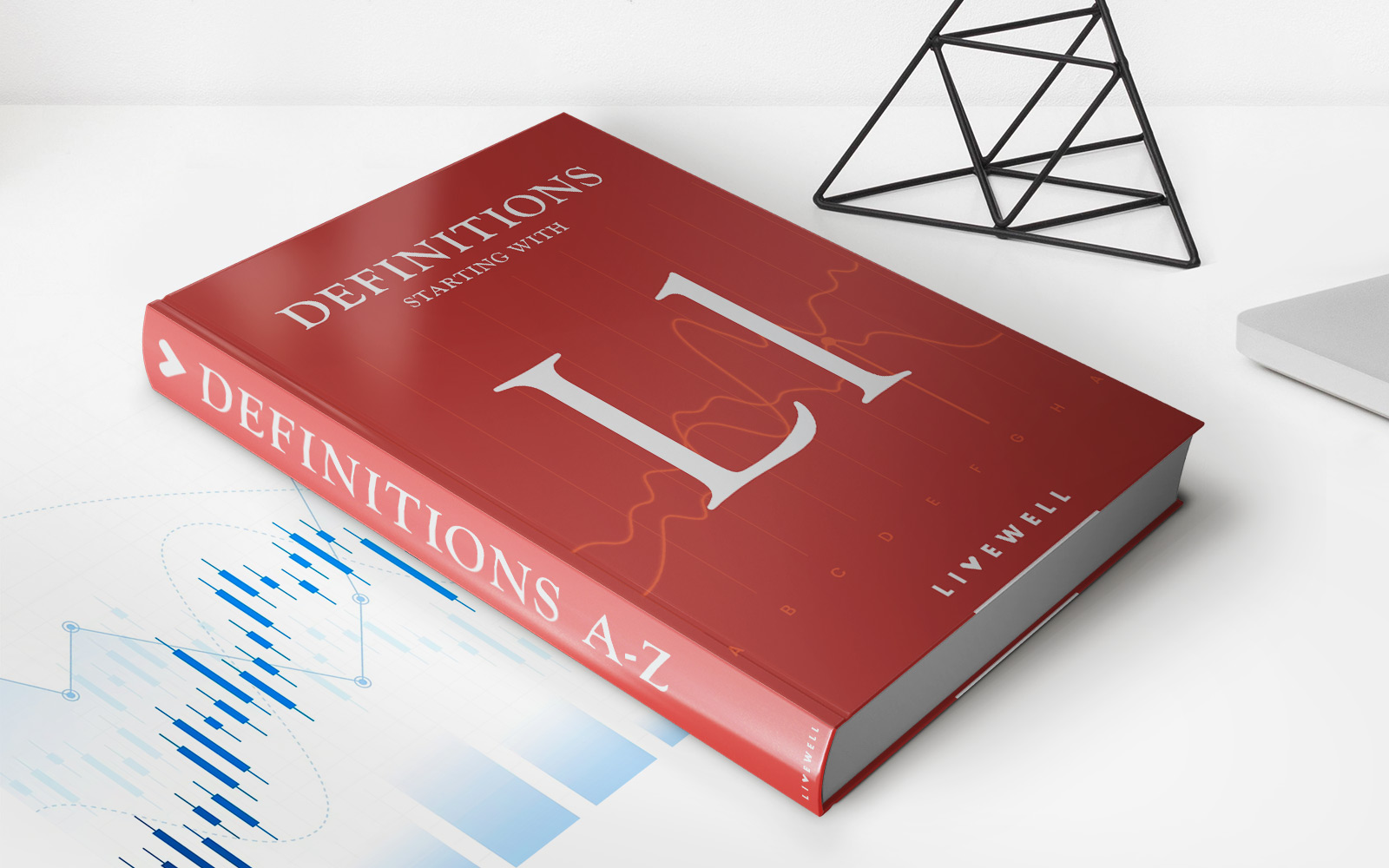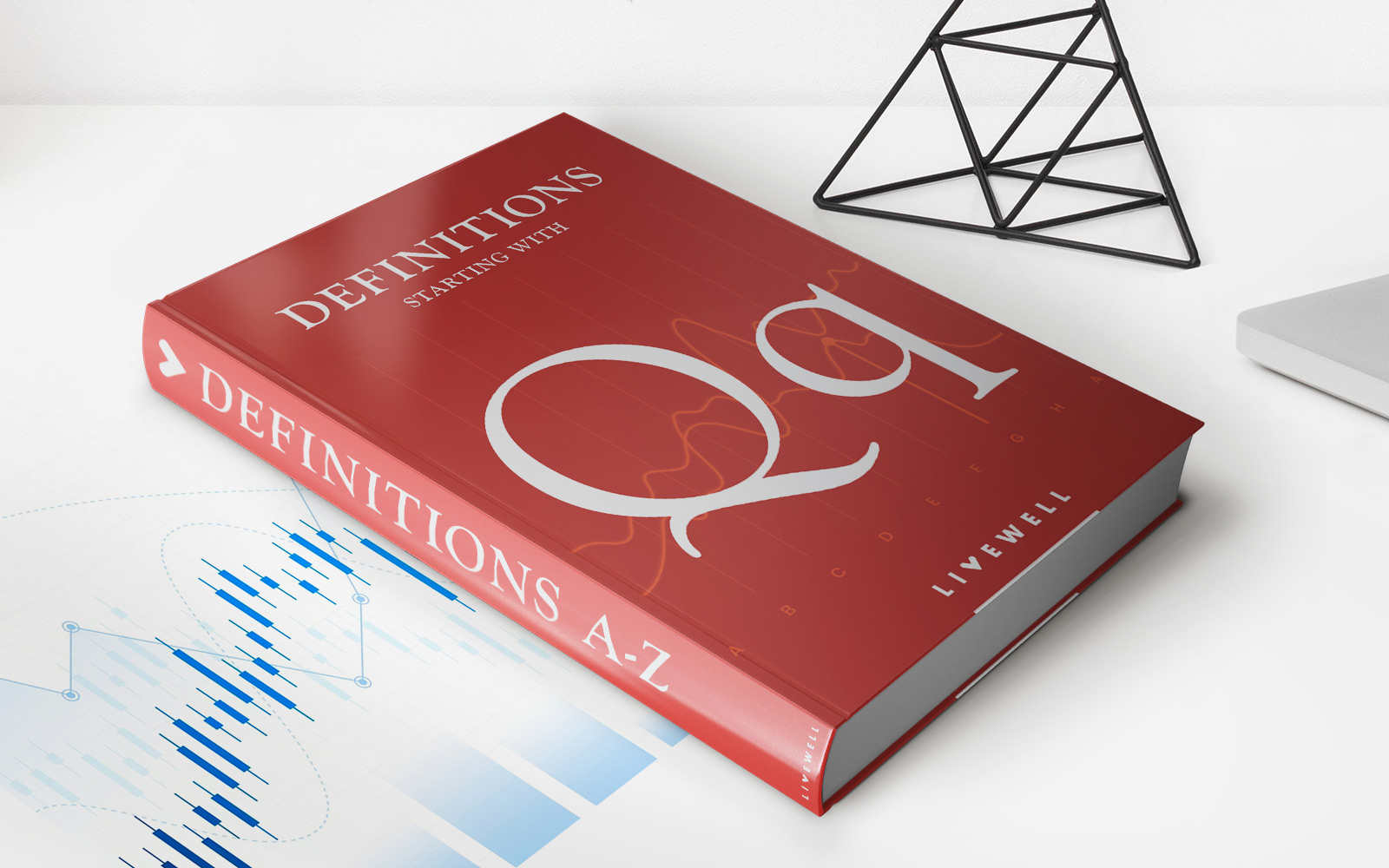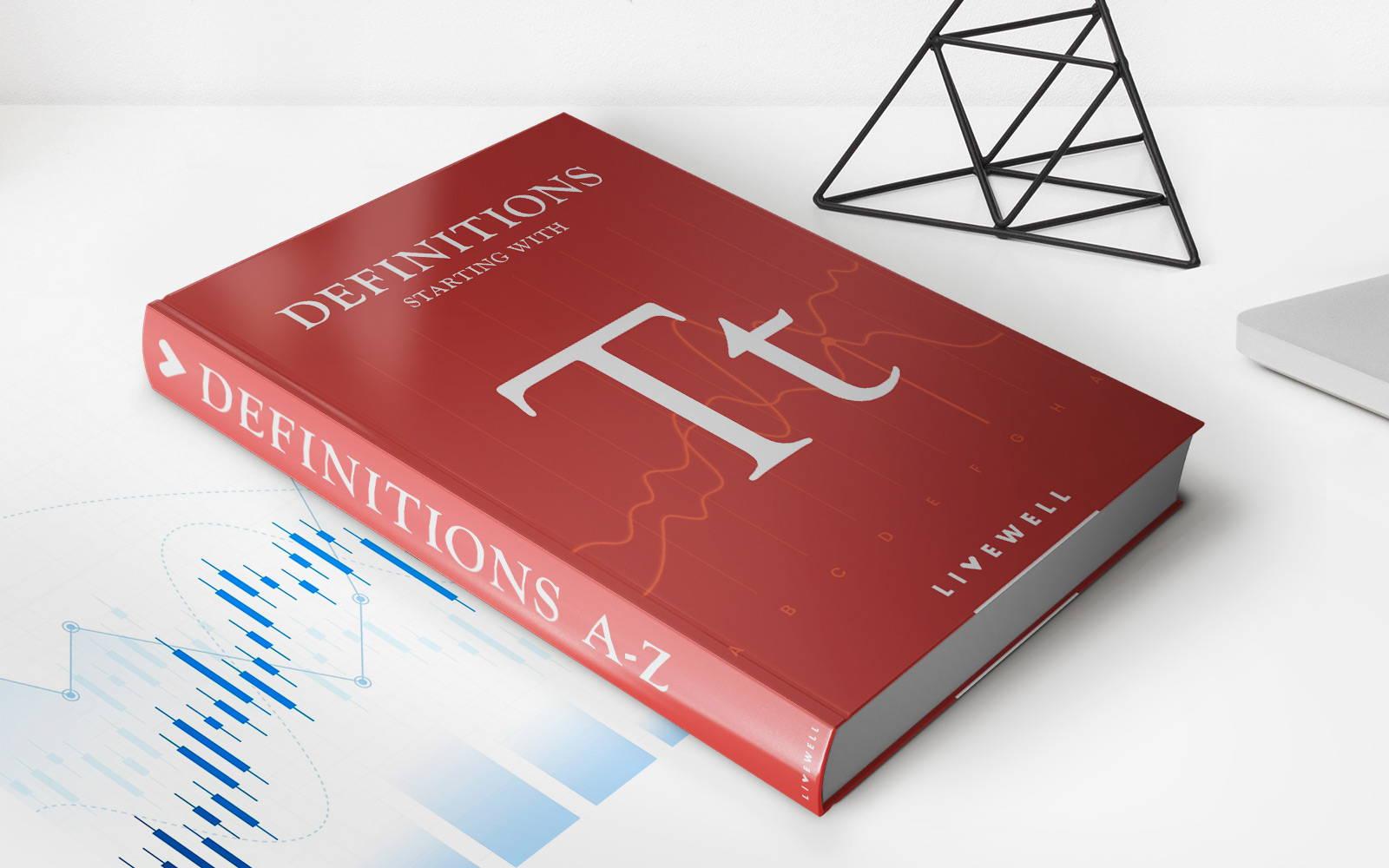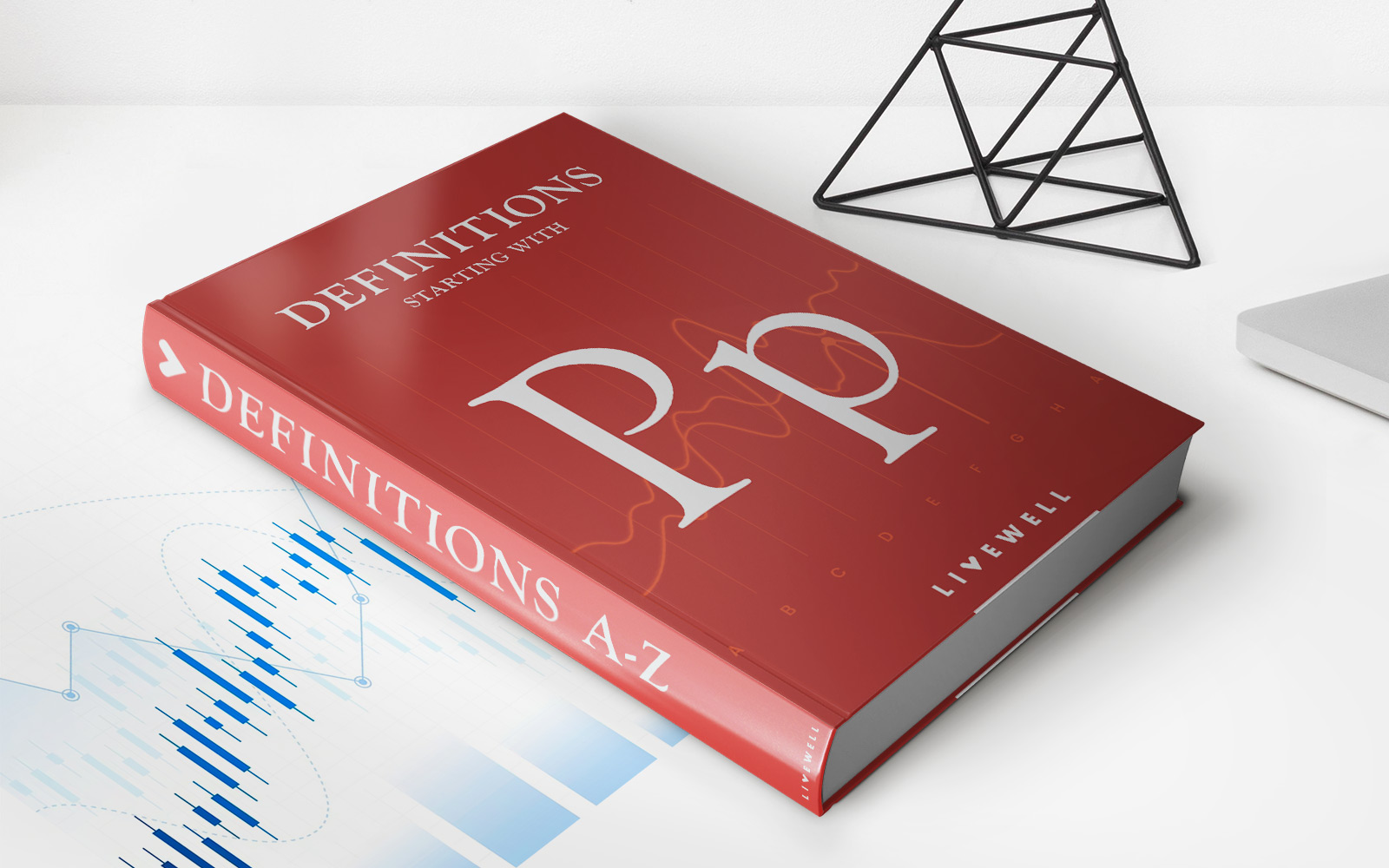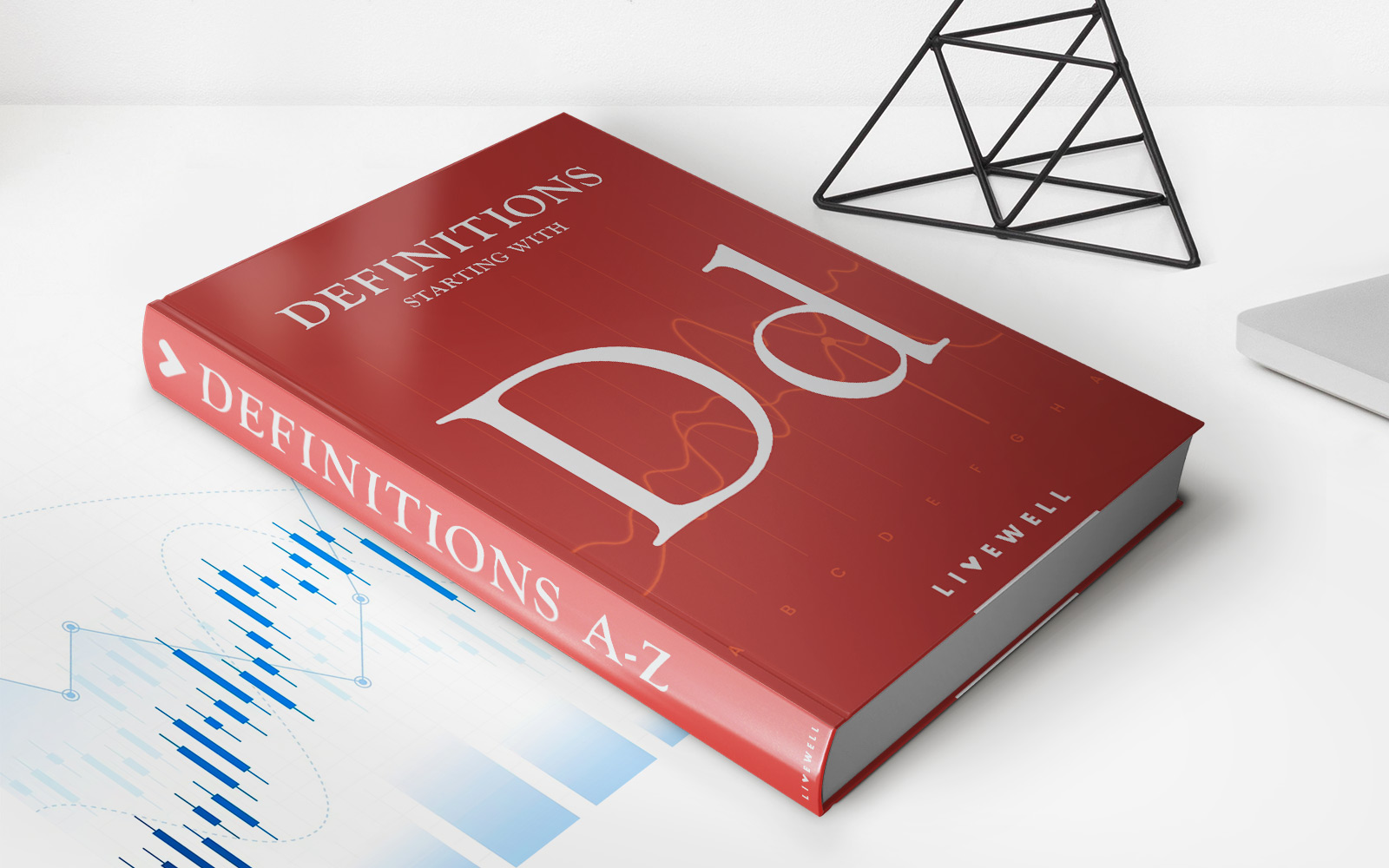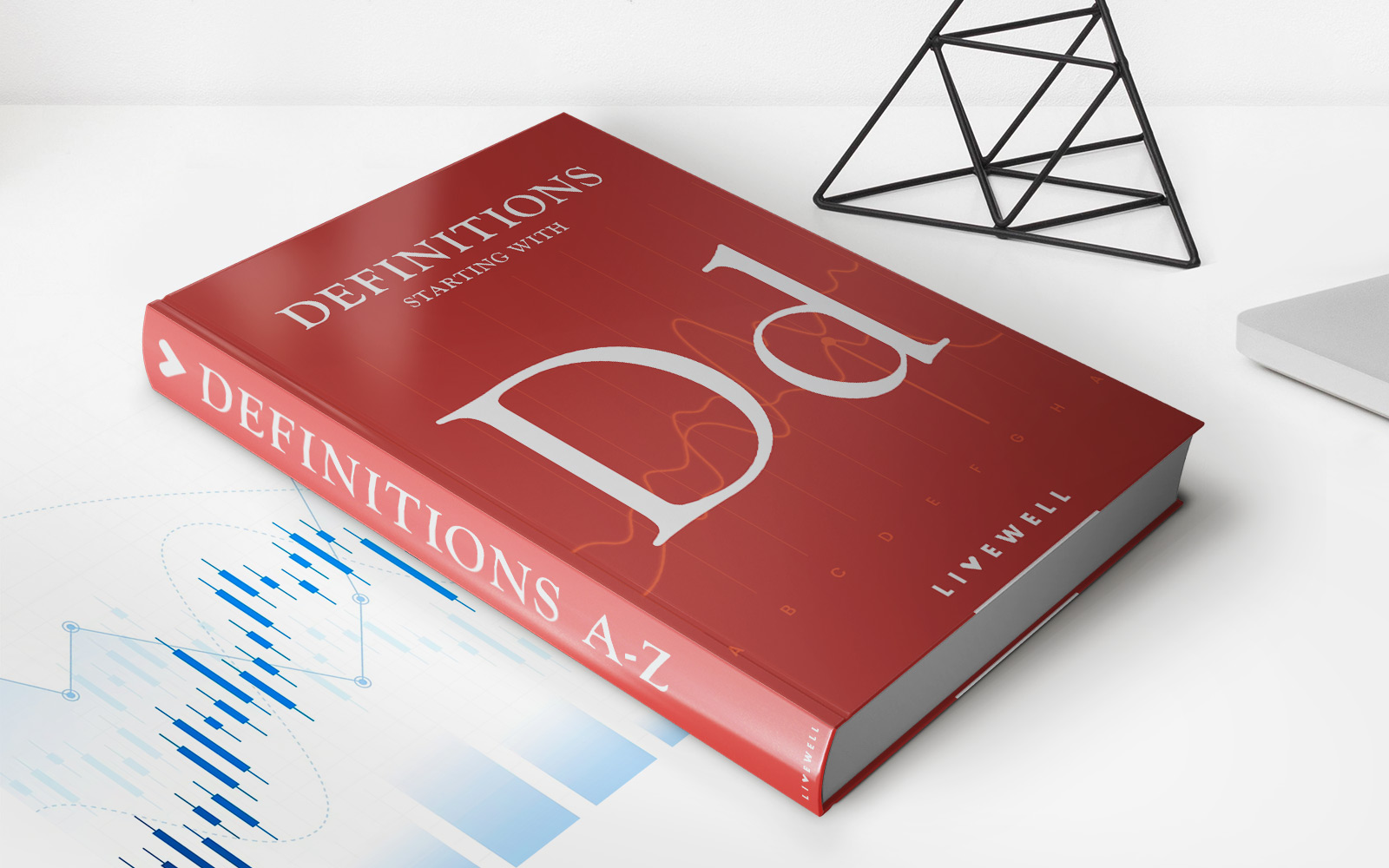Home>Finance>Cash Liquidation Distribution: Definition, How It Works And Taxes


Finance
Cash Liquidation Distribution: Definition, How It Works And Taxes
Published: October 24, 2023
Get a clear definition of cash liquidation distribution and learn how it works. Understand the tax implications and make informed decisions for your finance strategy.
(Many of the links in this article redirect to a specific reviewed product. Your purchase of these products through affiliate links helps to generate commission for LiveWell, at no extra cost. Learn more)
Cash Liquidation Distribution: Definition, How It Works, and Taxes
Are you looking to expand your knowledge of finance and investment? Look no further! In this blog post, we will dive into the world of cash liquidation distribution. We will define what it is, how it works, and shed some light on the tax implications that come along with it. By the end of this post, you’ll have a better understanding of this financial term and its impact. So, let’s get started!
Key Takeaways:
- Cash liquidation distribution refers to the payment made to shareholders when a company is going out of business or selling off its assets.
- It is important to consider the tax implications associated with cash liquidation distributions, as they may be subject to different tax rates depending on the nature of the distribution.
What is Cash Liquidation Distribution?
Cash liquidation distribution, also known as a liquidating dividend, is a payment made to shareholders when a company is going out of business or selling off its assets. This distribution represents the return of capital to the shareholders after all debts and other obligations have been settled.
When a company goes through the process of liquidation, it converts its assets into cash, which is then distributed to its shareholders. This distribution serves as a way for the company to monetize its assets and distribute the proceeds among its investors.
How Does Cash Liquidation Distribution Work?
The process of cash liquidation distribution typically starts with the company’s board of directors approving the liquidation and the subsequent distribution to shareholders. Once approved, the company will sell off its assets and convert them into cash. This cash is then distributed to the shareholders according to their ownership percentage.
It’s important to note that not all shareholders may receive the same amount of distribution. The distribution is typically based on the number of shares owned by each shareholder. If a shareholder owns a greater percentage of the company, they would receive a larger portion of the cash liquidation distribution.
Tax Implications of Cash Liquidation Distribution
Now, let’s talk about the tax implications that come along with cash liquidation distributions. Different tax rules apply depending on the nature of the distribution, whether it is considered a dividend or a return of capital.
If the cash liquidation distribution is deemed a dividend, it will be subject to ordinary income tax rates. On the other hand, if it is classified as a return of capital, it may be subject to capital gains tax rates. It’s important to consult with a tax professional to ensure accurate reporting and compliance with tax laws.
Additionally, if the cash liquidation distribution exceeds the shareholder’s basis in the stock, it may be treated as a capital gain. This would likely result in a higher tax liability for the shareholder, so it’s crucial to consider this when evaluating the tax implications.
Conclusion
Cash liquidation distribution serves as a means for companies to distribute the proceeds from the sale of assets to their shareholders. It’s important to distinguish between dividends and returns of capital when assessing the tax implications of these distributions. If you’re a shareholder expecting a cash liquidation distribution, it’s advisable to consult with a tax professional to ensure compliance with tax laws and to maximize your financial benefit.
So there you have it! You’ve now gained a better understanding of cash liquidation distribution, including its definition, how it works, and the tax implications associated with it. We hope this article has provided you with valuable insights into the world of finance.
